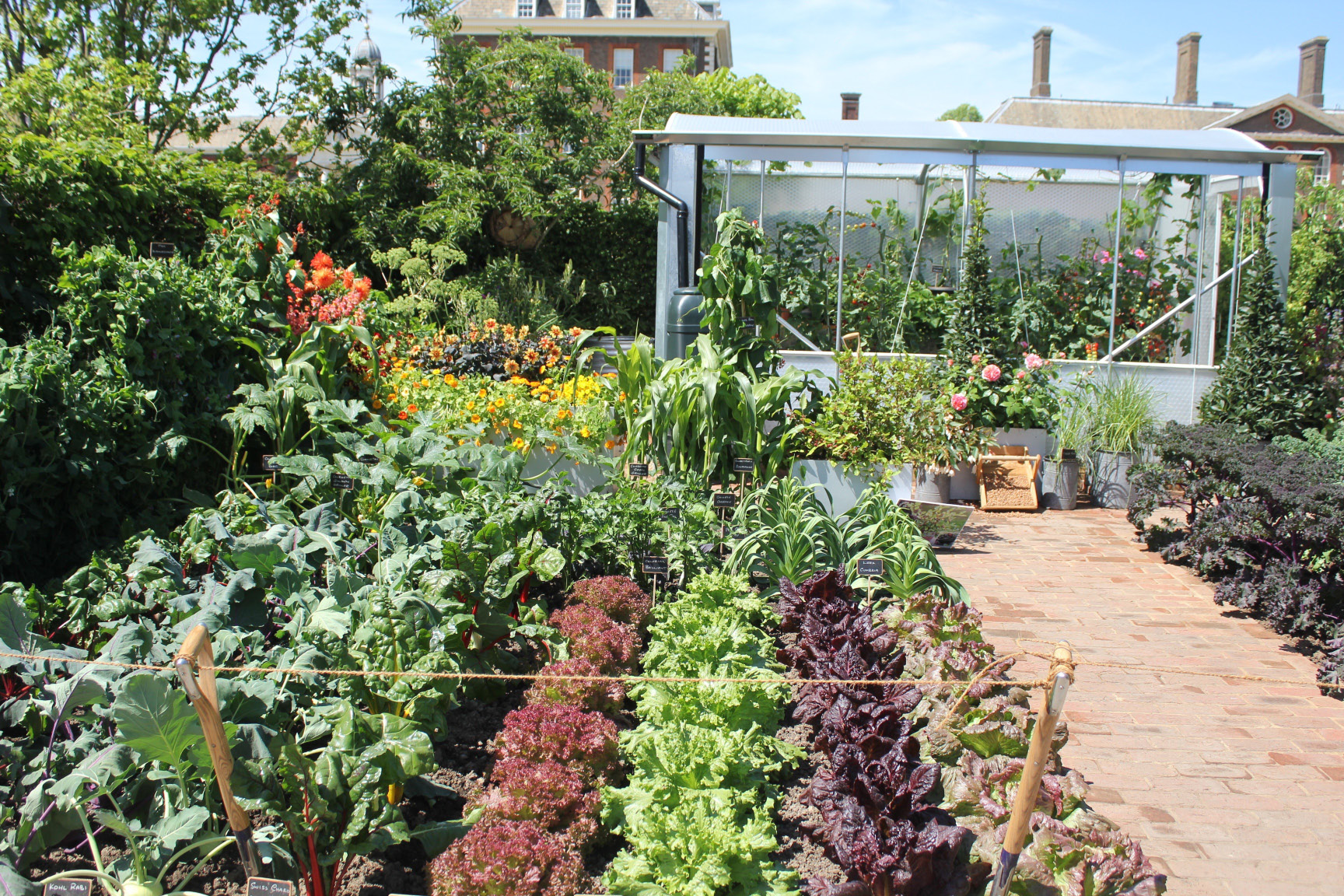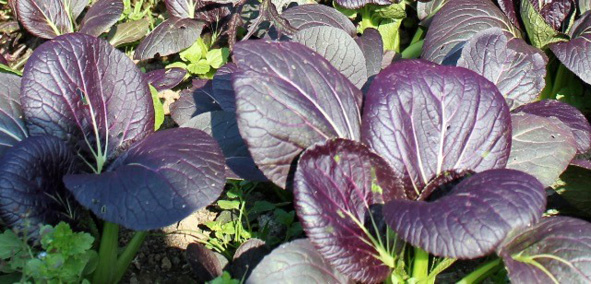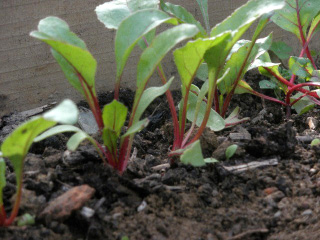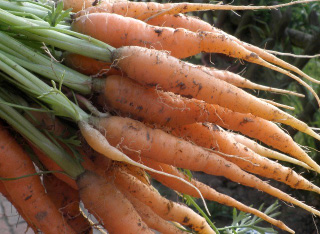I’m all for trying again when I don’t succeed, for never saying die and persisting in the face of unsurmountable odds; in another life I might be climbing mountains or swimming the channel. In this one I’m attempting to grow vegetables. It would be easy, if it weren’t for a myriad of factors that conspire against me (my own nature probably being one). There’s the weather – it is either too cold, too windy, too hot or too many things in rapid succession; there are pests galore helping themselves left and right, from above and below. And then there are mysterious problems linked to the soil, or the general health of the plants. Let’s not even mention the events in life and work that take us far away from thoughts of vegetable growing. It can be easy to lose the plot. If you’ve been lucky, or very diligent, you may have managed to avoid most pitfalls and already have harvested and cleared a space. On the other hand (mine’s a grubby, blistered one) one, or all of the above setbacks may have occurred; the weather, the pests, or just life in general, have prevented a harvest of any kind. In either scenario, this is the moment to jump back in and start again. There is still time (you’ll be glad to hear) to sow some vegetables from scratch this year.
Catch-up Crops
The weather and the soil have warmed and anything sown now will be faster to germinate, in fact some crops will grow so quickly that they almost catch up with those sown earlier in the year.
Choose fast maturing vegetables and those that don’t take long from sowing to harvest:
Radishes are so quick that they can even be grown in between rows of slower growing vegetables, as they’ll be harvested before their companions need the space.
Baby beetroot can be nearly as fast, with the added bonus that you can harvest the young leaves for salads too.
Peas are useful to grow in succession – there’s a fast one, aptly called ‘Meteor’ and then there are mange tout varieties, which are eaten as young pods.
Dwarf beans are faster than climbing beans because they don’t have to make a giant beanstalk before starting to flower and form pods. Sowing to harvest time should be around 10 weeks. Make sure that beans are well watered in dry spells, especially when they’re forming their pods.
You should just get away with a sowing of courgettes now too. Remember that courgettes and beans are tender, so the latest you can sow for a harvest before the frosts is probably July. Some years it stays mild until December, but frosts can come as early as September…
July is generally the last month to sow carrots for an autumn crop. Choose smaller varieties – there are quite a few stubby ones around – ‘Chantenay’ is quite a good one, or a quick growing variety such as ‘Amsterdam Forcing’. There are even tiny round carrots, almost like orange radishes. Small carrots can be eaten whole and don’t need peeling either.
Salad days
Lettuce needs cool, light conditions in which to germinate. They will grow in partial shade, which may be a better place to sow it in summer, as lettuce is prone to bolting in hot, dry conditions. Sow in succession if you eat a lot – a pinch of seed every four weeks or so. Loose leaf varieties like Salad Bowl, Lollo Rosso, or salad mixes that contain a combination of leaves are useful, as you can treat them as cut-and-come-again crops – just cut and more leaves will grow from the base of the plant.
Rocket does what its name suggests, but may bolt (run to seed) in very hot conditions, so might be better sown towards the end of the month.
Herbs, especially annuals like Coriander, Chervil, Dill and Parsley (a biennial) are very easy to sow and grow. Depending on how much you need, sow small quantities right through the growing season. Coriander is prone to running to seed almost before it grows any leaves, so grow a leafy variety like Cilantro, which is less annoying and has the same flavour.
Planning ahead
This is a good time to start thinking about sowing crops for the autumn and winter such as Swiss chard, perpetual spinach and kale. These leafy stalwarts will provide harvests right through the winter and into the early spring. Protect kale from caterpillars in the summer, and pesky pigeons in the winter.
Oriental greens like pak choi, tatsoi and mustards like mizuna (I also grow a pretty dark leaved one called ‘Red Frills’) can be sown towards the end of the month. These are best grown either side of the summer – so in the spring or at the end of the summer. They are good and reliably fast (pak choi may need a little watering, so that the base swells – and it can get attacked by caterpillars). Sometimes the leaves of oriental greens become peppered with tiny holes, which are made by flea beetles. A really fine net or fleece will protect them and ensure a supply of perfect stir fries and spicy salads right through the autumn.
The rush of early season growth may be over, but the soil is warm and welcoming and conditions are less prone to extremes than they were back in the spring and early summer. Watering may be an issue (let’s all wish for warm dry days and rain at night…) and the pests are still as hungry as vegetarian micro-wolves, but if you provide some protection for the vulnerable crops and water judiciously – when and where needed, you will soon be harvesting some (more?) wonderful, home grown vegetables. So, if it all went wrong back in the spring, or if you’re twiddling your thumbs and looking at a nice empty space on your plot, or even if you are finally getting round to thinking about it, this is a very good time to get growing again, in fact there’s no time to waste. Let’s get out there.



















